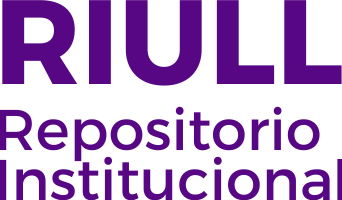Terapias biológicas para el tratamiento de la esclerosis múltiple
Date
2023Abstract
La esclerosis múltiple (EM) es una enfermedad crónica autoinmune que afecta al sistema
nervioso central (SNC) caracterizada por la lesión del revestimiento de mielina de los nervios, causando inflamación y daño a las fibras nerviosas. Esta afección supone la primera causa de discapacidad no traumática en adultos jóvenes siendo la enfermedad desmielinizante más frecuente y afectando a 2,5 millones de personas aproximadamente. El diagnóstico es un proceso complejo basado en la combinación de signos y síntomas clínicos, hallazgos de imagen y pruebas de laboratorio que ayudan a establecer el fenotipo clínico de la enfermedad pudiendo ser síndrome clínicamente aislado (CIS), EM remitente-recurrente (RRMS), EM progresivaprimaria (PPMS) o EM progresiva-secundaria (SPMS). Actualmente no existe cura, pero sí diferentes tratamientos para manejar los episodios agudos, modificar el curso de la enfermedad
y tratar la sintomatología asociada. Entre los más utilizados se encuentran los corticoides, así como nuevos medicamentos biológicos con acción inmunomoduladora. Asimismo, se están desarrollando nuevas terapias dirigidas a la neuroprotección y remielinización. Multiple sclerosis (MS) is a chronic autoimmune disease that affects the central nervous system (CNS), characterized by the damage to the myelin coating of the nerves, causing inflammation and damage to the nerve fibers. This condition is the leading cause of non-traumatic disability in young adults, being the most common demyelinating disease, affecting mora than 2.5 million
people in the world. Diagnosis is a complex process based on a combination of clinical signs and symptoms, imaging findings, and laboratory tests that help establish the clinical phenotype of the disease, which can be clinically isolated syndrome (CIS), relapsing-remitting MS (RRMS), primary-progressive MS (PPMS), or secondary-progressive MS (SPMS). Currently, there is no solution, but there are different treatments available to manage acute episodes, modify the course of the disease, and treat associated symptoms. Among the most used are corticosteroids, as well as new biological drugs with immunomodulatory action. Additionally, new therapies are
being developed to promote neuroprotection, regeneration and remyelination.





